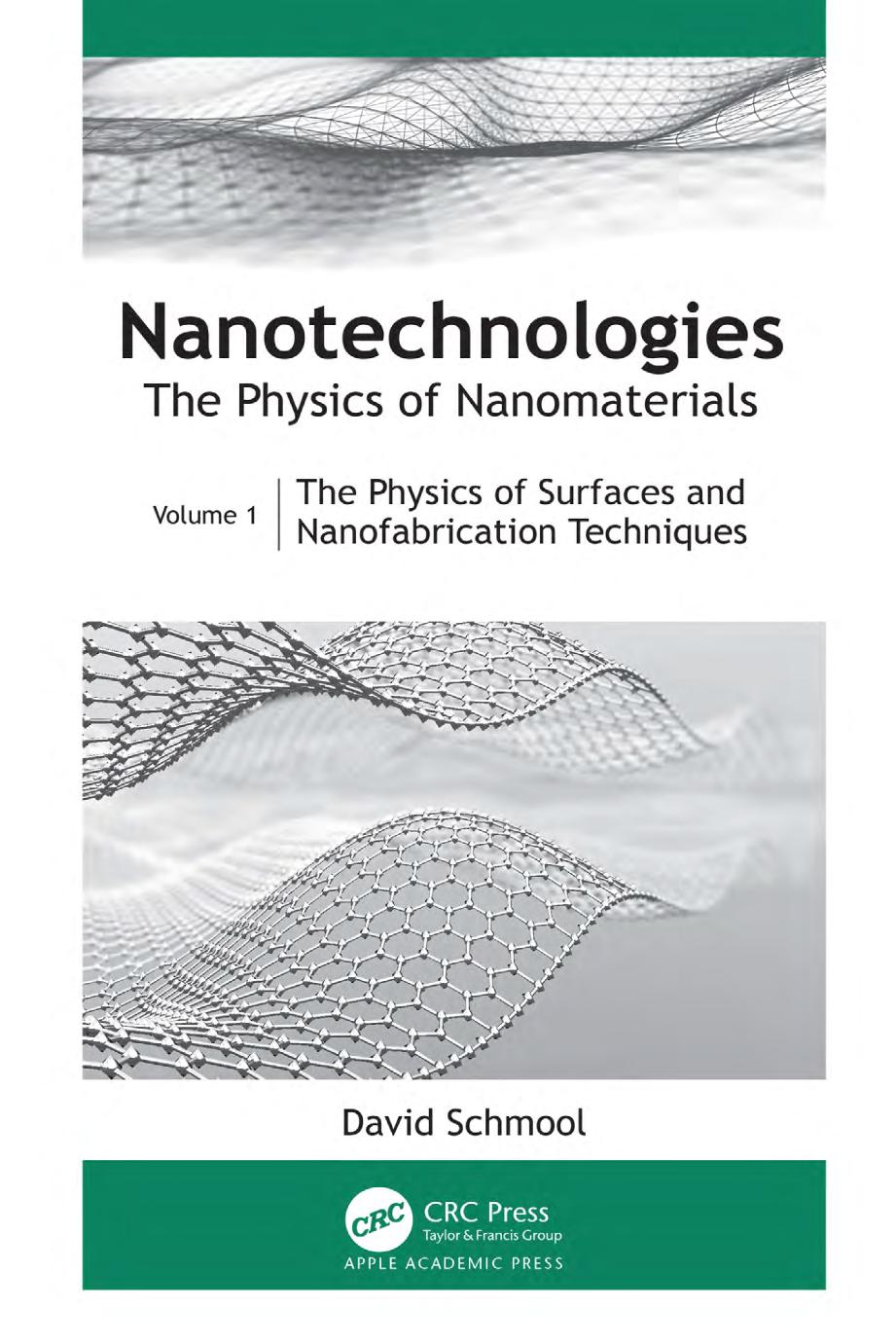

Most ebook files are in PDF format, so you can easily read them using various software such as Foxit Reader or directly on the Google Chrome browser.
Some ebook files are released by publishers in other formats such as .awz, .mobi, .epub, .fb2, etc. You may need to install specific software to read these formats on mobile/PC, such as Calibre.
Please read the tutorial at this link. https://ebooknice.com/page/post?id=faq
We offer FREE conversion to the popular formats you request; however, this may take some time. Therefore, right after payment, please email us, and we will try to provide the service as quickly as possible.
For some exceptional file formats or broken links (if any), please refrain from opening any disputes. Instead, email us first, and we will try to assist within a maximum of 6 hours.
EbookNice Team

Status:
Available5.0
6 reviewsNanotechnology: The Physics of Nanomaterials (2-volume set) is a comprehensive guide to the various aspects of nanophysics. The author’s microscopic approach illustrates how physical principles can be used to understand the basic properties and functioning of low-dimensional systems. It provides an in-depth introduction to the techniques of production and analysis of materials at the nanoscopic level. Much of physics is based on our understanding of solid-state physics. These volumes show how limitations of size can give rise to new physical properties and quantum effects, which can be exploited in new applications and devices.
Published in two volumes―Volume 1: The Physics of Surfaces and Nanofabrication Techniques and Volume 2: Physical Properties of Nanostructured Materials and Their Applications, this important text gives a broad introduction to nanophysics and nanotechnologies and goes on to discuss the basics of surface science, thin films, and surface analysis.
Chapters in Volume 1 cover the basics of surface science, thin films, and surface analysis as well as the nanofabrication techniques. There is a large range of physical preparation techniques available for the production of nanomaterials and nanostructuring. The aim of Part II provides a good overview of the main techniques of their working principles and the type of structures that can be produced in each case.
Specifically, Volume 2 discusses the mechanical, electrical, and optical properties of nanostructures as well as nanomagnetism, spintronics, spin dynamics, as well as a broad range of applications to illustrate how the physical properties of materials can be manipulated to perform very specific functions.
Key features:
Based on a lecture course the author has given over a period of several years, Nanotechnology: The Physics of Nanomaterials includes the benefit of feedback from students, helping to make the subject matter approachable and appealing to newcomers and students. The volumes will be valuable for courses in nanotechnologies, nanomedicine, nanobiotechnologies etc.